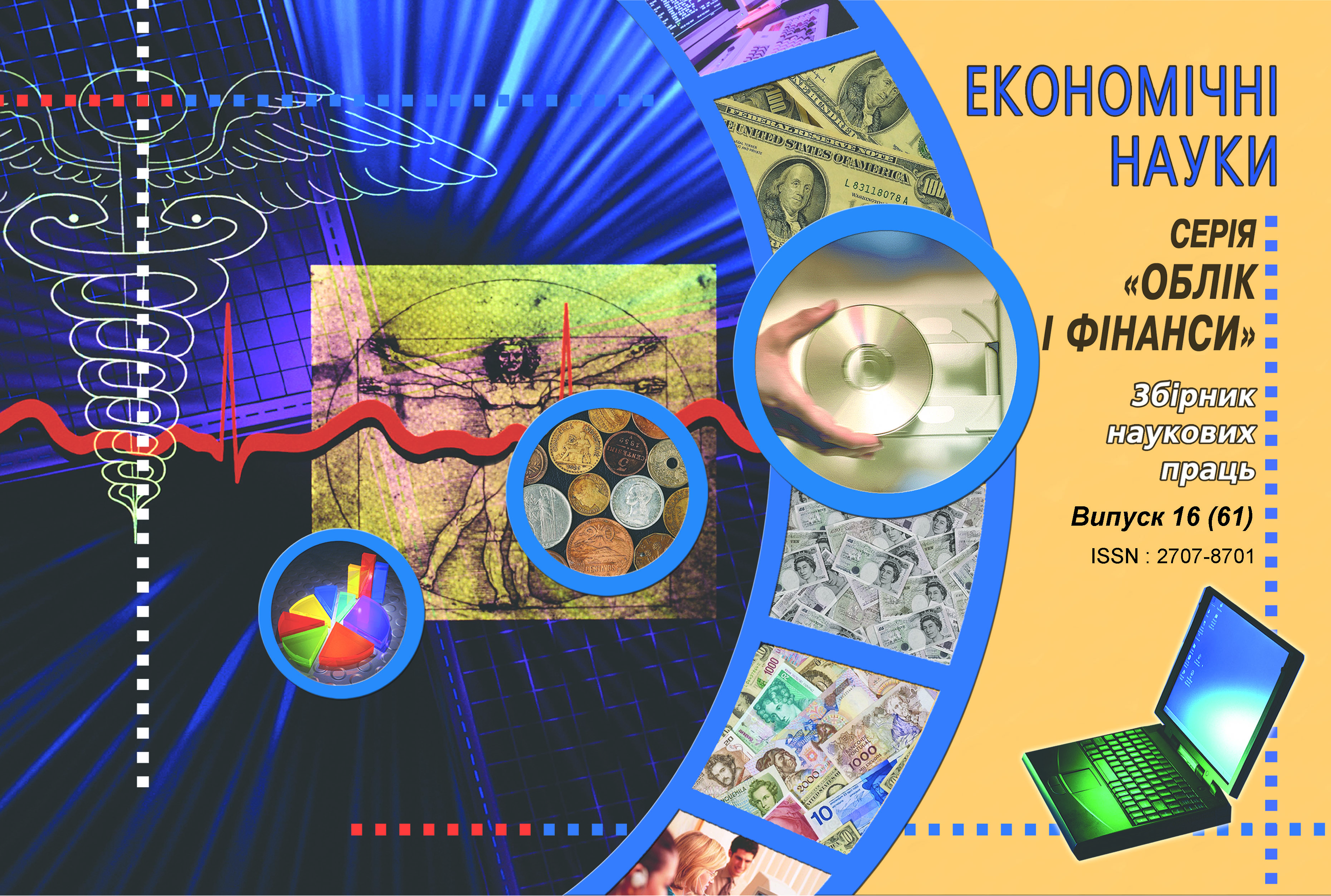FORESIGHT: ESSENCE AND FORECASTING METHODOLOGY
Abstract
An effective and powerful tool for modeling the future at national and regional levels, for industries and large enterprises, is the foresight, which has become one of the main tools of the innovation economy. The term «foresight» now means the process of systematically identifying strategic scientific trends and technological advances that can, over time, have a significant impact on the economic and social development of the country.
The article identifies the difference between foresight and other tools for studying future development. The term "foresight" now means the process of systematically identifying strategic scientific trends and technological advances that can, over time, have a significant impact on the economic and social development of the country. This definition covers four components:
1) foresight is a continuous process;
2) the central place in it is occupied not by specific technologies but by scientific and technical directions;
3) the time horizon must exceed the business planning horizon;
4) the choice of priorities takes into account their impact on the socio-economic development of the country.
The difference between foresight and other tools for studying future development is identified: orientation to the use of specific measures; consideration of different alternatives for future enterprise development; interdisciplinary nature. It has been shown that when using the business site foresight there are a number of problems that were subsequently solved in foresight technology:
1) the object developers are dealing with is often undetermined and requires special study;
2) participation in the project allows a large number of different positions, the expert environment is very heterogeneous.
Based on the conducted research, the essence of foresight can be considered as a system of peer review methods, survey-based methodology, scenario prediction, systemic reflection, scenario prediction, modern methodology.
Expert assessments are the basis for evaluating future options. It is noted that in Ukraine the organization of the national technological prediction system should cover a number of measures.
The implementation of this methodology in our country will allow us to identify the technologies to which the maximum investment should be directed. Conducting a foresight will allow all structures to be interested in achieving the set goals. Forsyth will involve all stakeholders involved in the adoption and implementation of strategic decisions, will help to formulate different scenarios for future development and accordingly plan actions for the long-term perspective of enterprise development.
References
2. Добров Г.М. Прогнозирование науки и техники. Москва: Наука, 1969. 208 с.
3. Ben R. Martіn. Technology Foresіght іn a Rapіdly Globalіzіng Economy, SPRU. Scіence and technology Polіcy research, Unіversіty of Sussex,1995.
4. Федулова Л.І. Інноваційна економіка: підручник. Київ: Либидь, 2006. 480 с.
5. Соколов А.В. Форсайт:взгляд в будущее. Форсайт. 2007. №1. С.37.
6. Что такое Форсайт-центр: Государственный комитет – Высшая школа эконо-мики. URL:
7. Федулова Л.І. Форсайт: сучасна методологія технологічного прогнозування. Київ: Інститут економіки та прогнозування НАН України, 2008. 13 c.
8. Мартино Дж. Технологическое прогнозирование. Москва: Прогресс, 1977. 590 с.
9. Власкин Г.А., Ленчук Е.Б. Промышленная политика в условиях перехода к инновационной экономике: опыт стран Центральной и Восточной Европы и СНГ / Г.А. Власкин,– Москва: Наука, 2006. 246 с.
10. Мельникова Е.Н. Прогнозирование в управлении научно-техническим прогре-ссом. Москва: Знание,1988. 18 c.
11. Стратег.Ру: Сетевое издание о стратегии. URL: http://snra.teg.ru/library (дата звернення 25.11.2019).
12. Маркарова А.П. Состояние инновационных процессов на уровне хозяйствую-щих субъектов / Сб. «Актуальные проблемы управления социально-экономическими системами». Москва: Издательство «Перспектива», 2009. 17c.
13. Малицкий Б.А., Попович А.С., Оноприенко М.В. Обоснование системы научно-технологических и инновационных приоритетов на основе «Форсайтных» иссле-дований. Киев: 2008. 13c.
14. Тимченко В.М. Возникновение Форсайта: объективные причины, главные этапы и подходы / Сб. «Экономика и управление в современных российских услови-ях». Москва: Издательство «Перспектива», 2008. 19 c.
15. Кравченко Т.А. Доцільність використання методології форсайту при розробці Єдиної комплексної стратегії розвитку сільського господарства та сільських територій на 2015 – 2020 рр. Аспекти публічного управління. 2015. №4(18). С.121–128.

